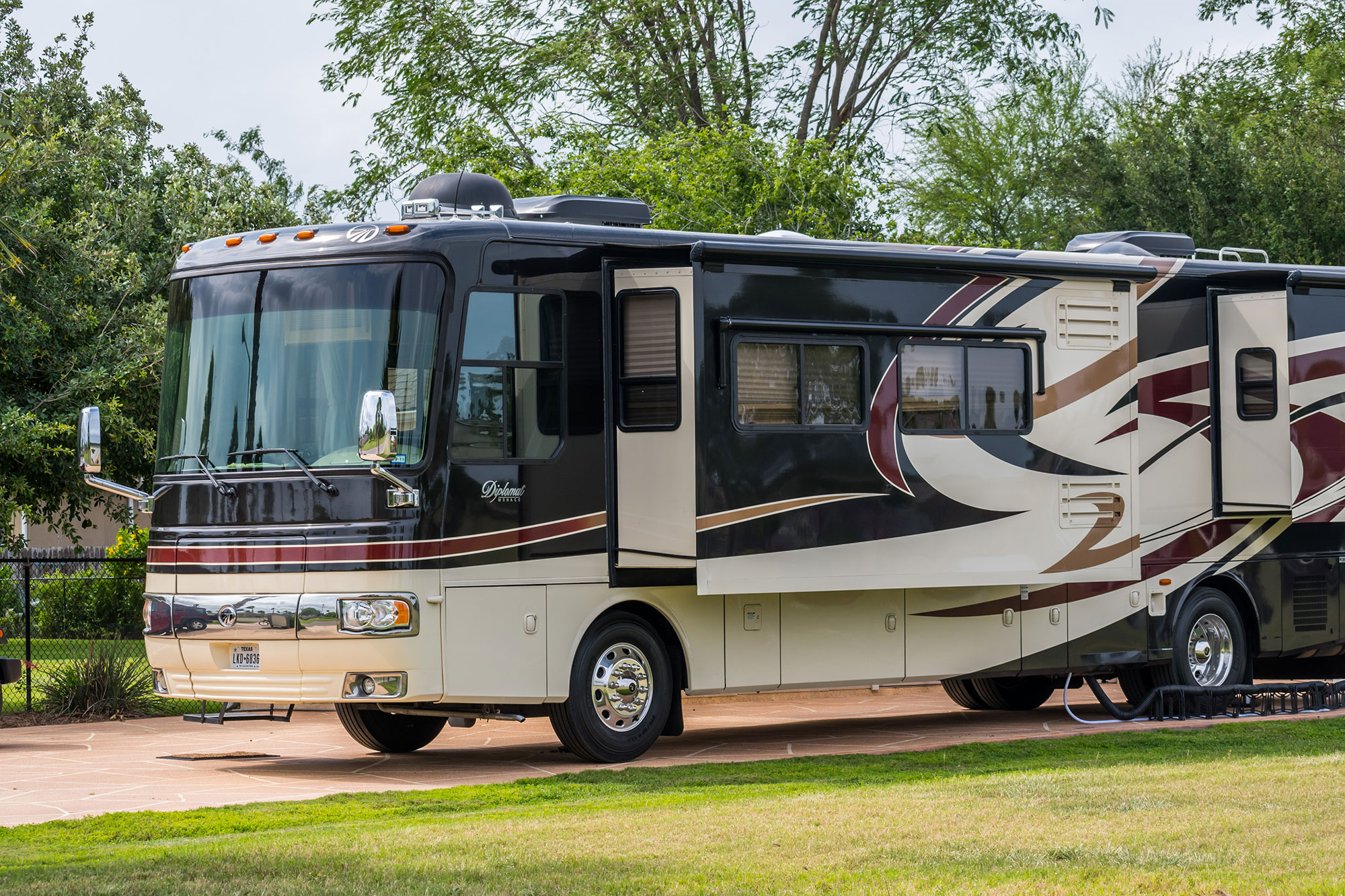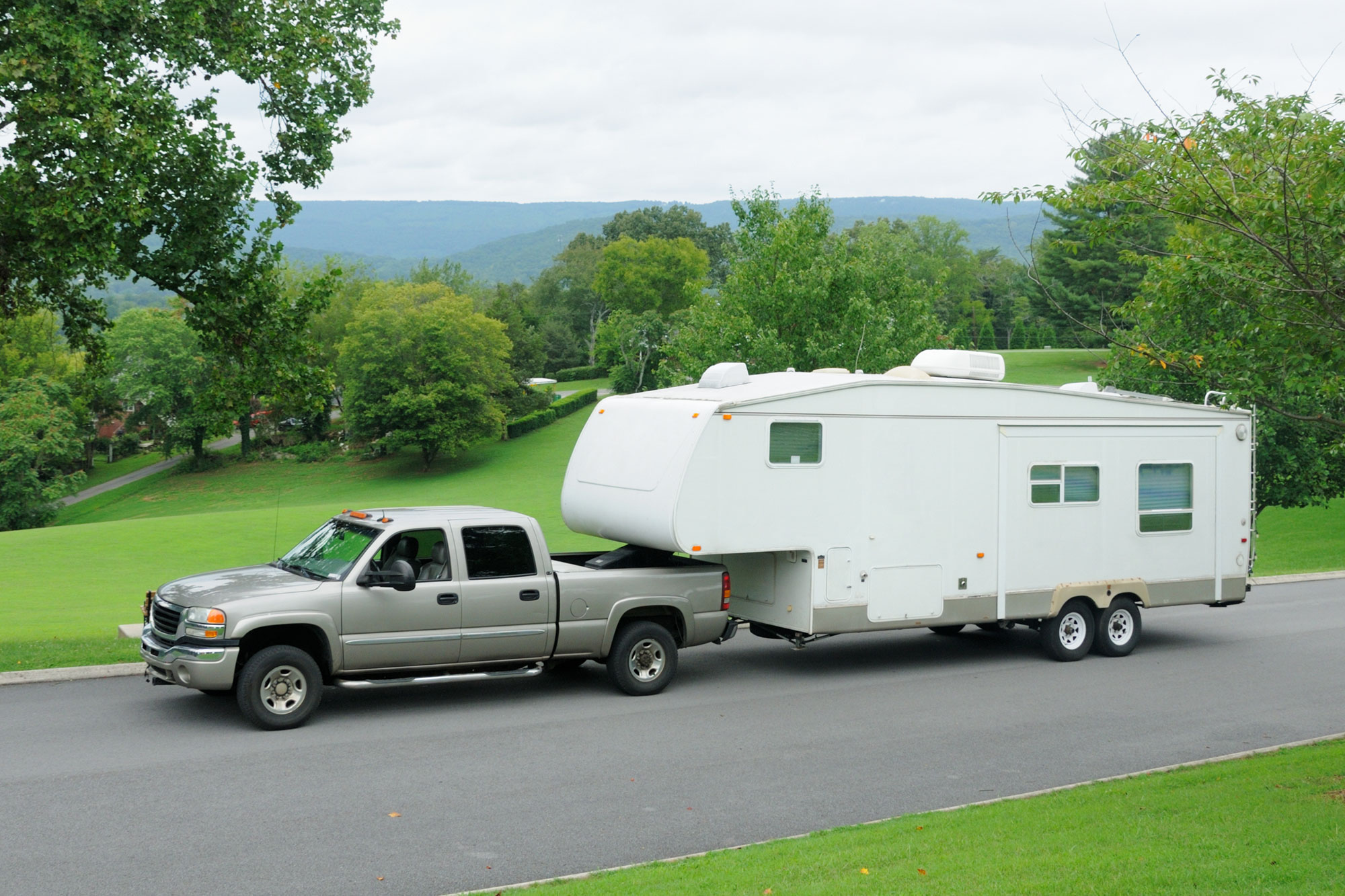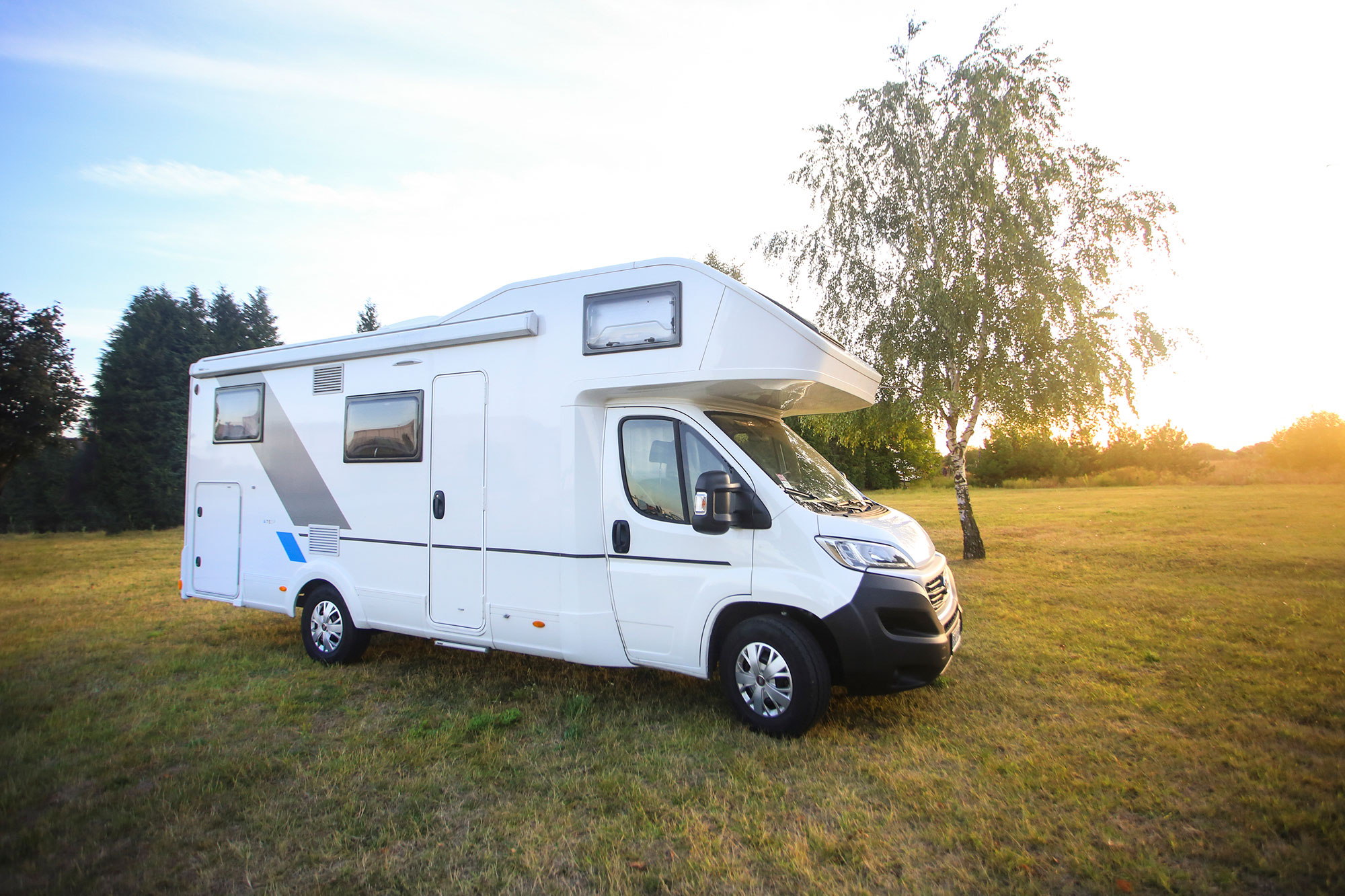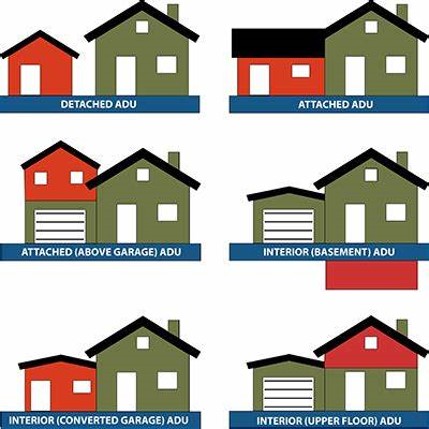Planning and Zoning
Hearings Officer: Z0402-23 - April 18, 2024 (postponed to May 23)
ADUs and RVs as options for secondary dwellings
Second dwelling options: Accessory Dwelling Units (ADUs) in rural residential areas and Recreational Vehicles (RVs) in rural and urban residential areas
To help support access to more affordable housing in unincorporated Clackamas County, on August 1, 2024, the Board of County Commissioners adopted an ordinance approving amendments to the county’s Zoning & Development Ordinance (ZDO) that allow:
- An accessory dwelling unit (ADU) on certain rural residential properties, and
- Using a recreational vehicle (RV) as a second dwelling on certain urban and rural residential properties.
The ordinance became effective September 3, 2024.
Rural Accessory Dwelling Units (ADUs)
An accessory dwelling unit is a second (usually smaller) dwelling unit located on the same lot as a detached single-family home or manufactured home. It may be attached or detached from the single-family home or manufactured home.
Historically, state law has not allowed ADUs in rural areas. State legislation in 2021 and 2023 changed these rules, however, and now can now allow ADUs in rural residential areas, provided the site is outside of an urban reserve. The specific requirements rural ADUs must meet are as described in the following documents.
Requirements for RVs
A recreational vehicle is a vehicle licensed by the state that:
- Is designed for human occupancy
- Is designed to be used temporarily for recreational, seasonal, or emergency purposes, and
- Has a gross floor area not exceeding 400 square feet when set up.
RVs include park trailers, travel trailers, pick up campers, motor homes, fifth-wheel trailers, and camping and tent trailers.



Historically, siting an RV as a residence on private property was prohibited in Clackamas County, except in limited circumstances, such as temporary dwellings for care or while building a permanent dwelling. But because of recent state law changes, the county may now allow certain property owners to place one RV on their property for use as a second dwelling. RVs may be permitted as second dwellings on land zoned for single-family residential use that is within the unincorporated areas of Clackamas County (outside cities) and:
- Inside the Portland Metro urban growth boundary (UGB), or
- Both outside of an urban growth boundary (UGB) and outside of an urban reserve.
Specific requirements that must be met in order to site an RV as a second dwelling are described in the following document.
- FAQ: Using an RV as a Second Dwelling
- ZDO (Zoning & Development Ordinance), Section 847, Recreational Vehicles as Second Dwelling
Need more Information? To determine if your property qualifies for one of these new housing options and learn more about siting and permitting requirements, contact Planning and Zoning at 503-742-4500 or zoninginfo@clackamas.us.
Background
See video below for the overview of the proposed rules presented to the Planning Commission in February 2024.
Meetings and public hearings
| Planning Commission and Board of Commissioners meetings and hearings on the proposed rules are listed below. Background information and videos are available by clicking on the meeting links. | |
|---|---|
| August 1, 2024 10 a.m. | Board of County Commissioners Business Meeting Staff presentation and Board adoption of zoning code amendments. |
| April 2 6 p.m. to 7:30 p.m. | Online Information Session Full event video A brief overview of changes under consideration, along with an extensive Q-and-A with County Planning staff. |
| April 22 6:30 p.m. | Planning Commission Public Hearing Video of staff presentation on proposed code amendments, testimony from the public and discussion by Planning Commission members or read staff reports. |
| May 8 10 a.m. | Board of County Commissioners Public Hearing Staff presentation on proposed code amendments, testimony from the public and discussion by County Commissioners. |
| June 6 10 a.m. | Board of County Commissioners Business Meeting Board discussion and action on reading and adoption of previously approved land use ordinance. |
 Translate
Translate






